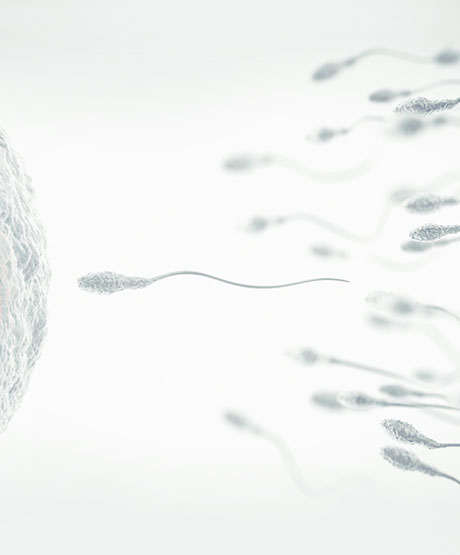
Embryonic development: the embryo on day 1 (D1)
When an oocyte is in an optimum state of maturation, ovulation takes place. This is known as day 0 of development (D0) and fertilisation by a competent spermatozoon must take place during this period.
When the oocyte is fertilised, it is then known as a zygote and we are now on D1 of development. Certain characteristics and essential structures need to be identifiable at this point.
A zygote is an oocyte with two clearly differentiated pronuclei (one from the spermatozoon and the other from the oocyte) and two polar bodies on the periphery (oocyte DNA remains). Furthermore, in order be a good quality zygote, the rest of the cell content (cytosol) needs to have a uniform appearance and be free of abnormalities on the inside (vacuoles, smooth endoplasmic reticulum remains, granular content, etc.).

From this point onwards, the zygote begins the cell division that takes place in the pre-embryo on D2, D3, D4, D5 and D6.
Sometimes on D1, we find oocytes that have just one pronucleus on this inside, or that, on the contrary, have three or more of them. These oocytes are ruled out because an abnormality of this kind in the number of pronuclei is an indication that the resulting pre-embryo may have an abnormality in the quantity of its genetic material.
The time that each of these processes takes is controlled very carefully in the in vitro fertilisation (IVF) laboratory. Fertilisation is assessed between 16 and 18 hours following insemination using conventional IVF techniques or intracytoplasmic spermatozoa injection (ICSI).
Over the following 5 days, the embryos are observed at least once every 24 hours. Following this, and with the help of embryo classification, the quality of the embryos is determined and their development is assessed in order to be able to select the best candidate for the sought-after pregnancy.
